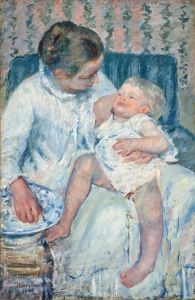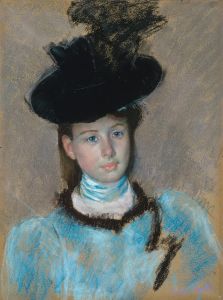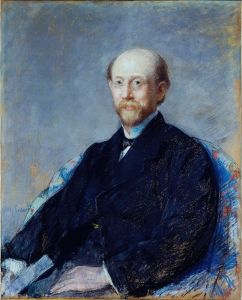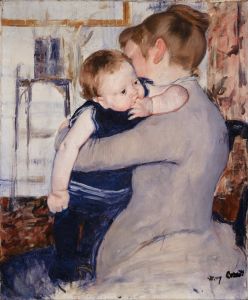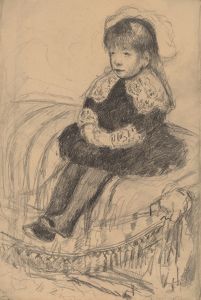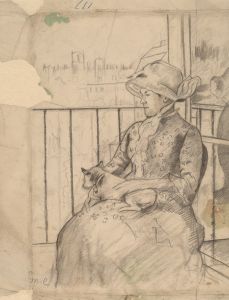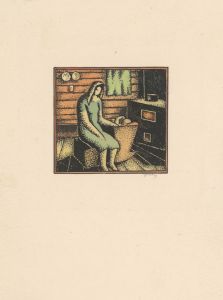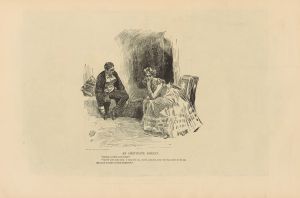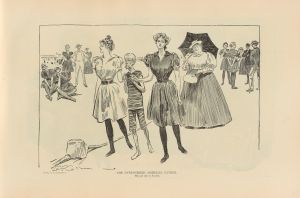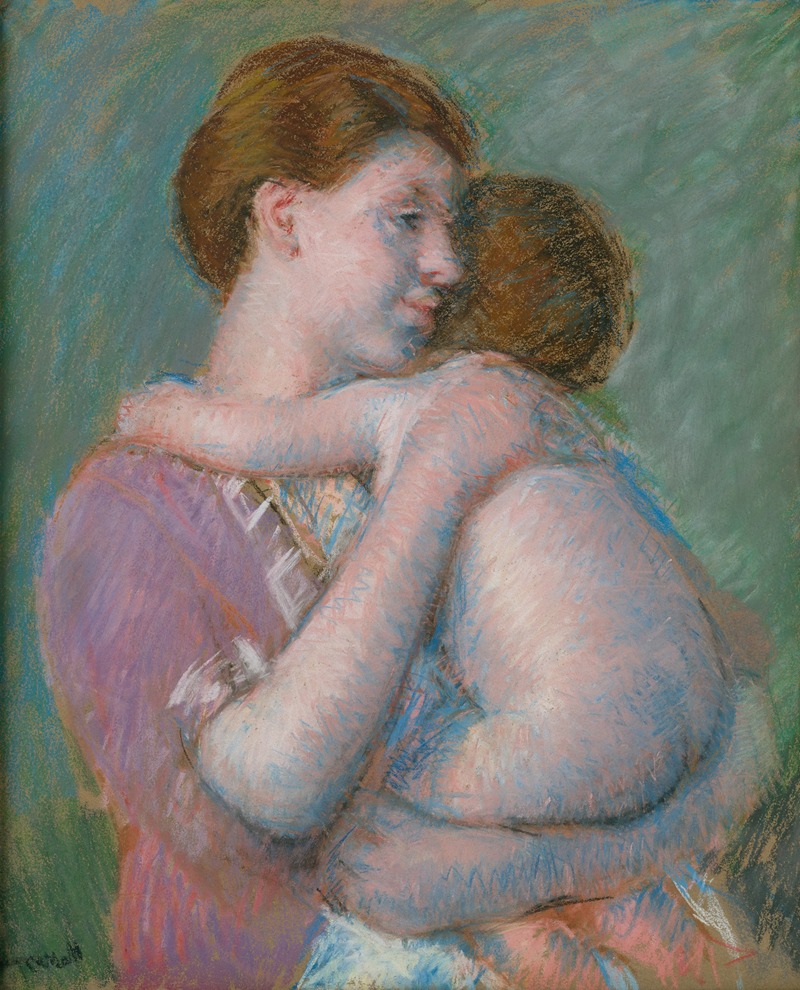
Mother and Child
A hand-painted replica of Mary Cassatt’s masterpiece Mother and Child, meticulously crafted by professional artists to capture the true essence of the original. Each piece is created with museum-quality canvas and rare mineral pigments, carefully painted by experienced artists with delicate brushstrokes and rich, layered colors to perfectly recreate the texture of the original artwork. Unlike machine-printed reproductions, this hand-painted version brings the painting to life, infused with the artist’s emotions and skill in every stroke. Whether for personal collection or home decoration, it instantly elevates the artistic atmosphere of any space.
Mary Cassatt, an American painter and printmaker, is renowned for her depictions of the intimate bonds between mothers and their children. One of her notable works, "Mother and Child," exemplifies her focus on this theme, showcasing her unique style and contribution to the Impressionist movement.
Mary Cassatt was born on May 22, 1844, in Allegheny City, Pennsylvania, and spent much of her adult life in France, where she became associated with the Impressionists. Her work often focused on the private and social lives of women, with a particular emphasis on the relationship between mothers and their children. This theme is evident in "Mother and Child," a painting that captures the tender and intimate connection between a mother and her child.
"Mother and Child" is one of several works by Cassatt that explore this subject. In this painting, Cassatt employs her characteristic soft brushwork and delicate color palette to convey the warmth and affection between the figures. The composition typically features a mother holding her child, with both figures often engaged in a quiet, intimate moment. Cassatt's attention to detail and her ability to capture the subtleties of human emotion are evident in the gentle expressions and gestures of the subjects.
Cassatt's approach to the theme of motherhood was influenced by her exposure to the Impressionist movement, which emphasized capturing the effects of light and color, as well as the fleeting moments of everyday life. Her work is characterized by a loose, fluid brushwork and a focus on the play of light and shadow. In "Mother and Child," Cassatt uses these techniques to create a sense of immediacy and intimacy, drawing the viewer into the private world of the subjects.
The painting reflects Cassatt's interest in Japanese prints, which she encountered at the Exposition Universelle in Paris in 1878. The influence of Japanese art is evident in her use of flat, unmodulated colors and her emphasis on the decorative aspects of the composition. This stylistic choice adds a sense of harmony and balance to the painting, enhancing the serene and contemplative mood.
Mary Cassatt's "Mother and Child" is not only a testament to her skill as an artist but also a reflection of her commitment to portraying the lives of women with dignity and sensitivity. Her work challenged the traditional roles of women in art, presenting them as active participants in their own lives rather than passive subjects. Through her paintings, Cassatt offered a new perspective on the experiences of women, highlighting their strength, resilience, and the depth of their emotional lives.
Cassatt's contributions to the Impressionist movement and her focus on the theme of motherhood have earned her a lasting place in the history of art. Her ability to capture the essence of human relationships with empathy and insight continues to resonate with audiences today, making "Mother and Child" a timeless and enduring work.






